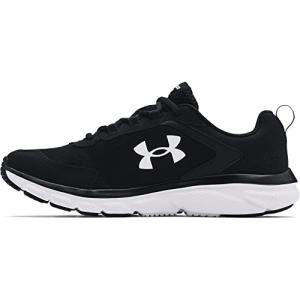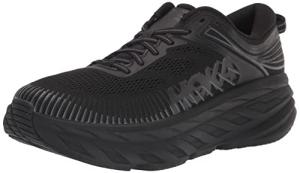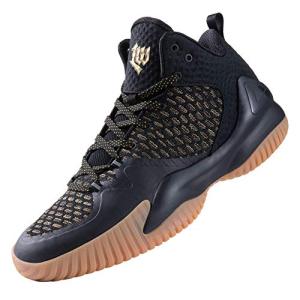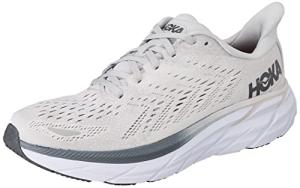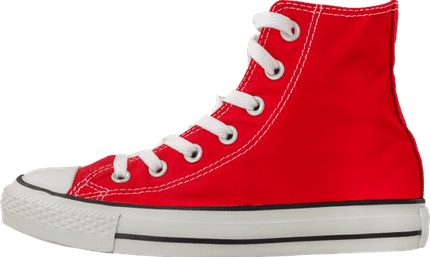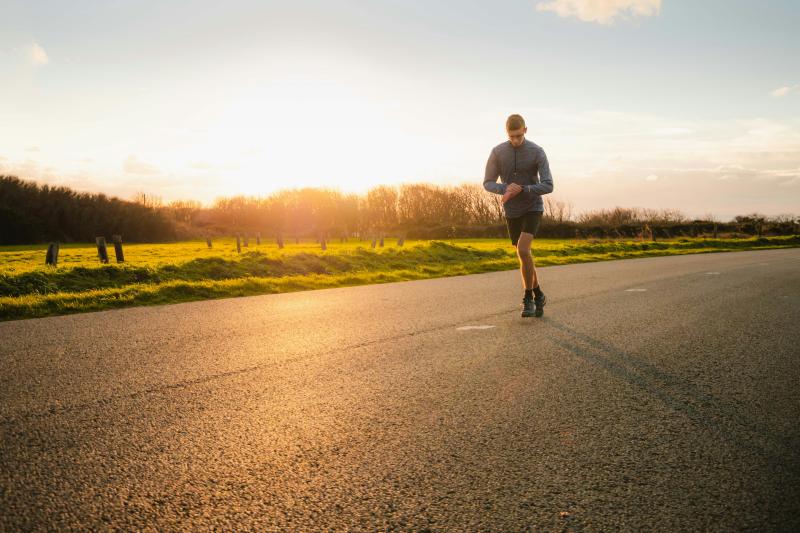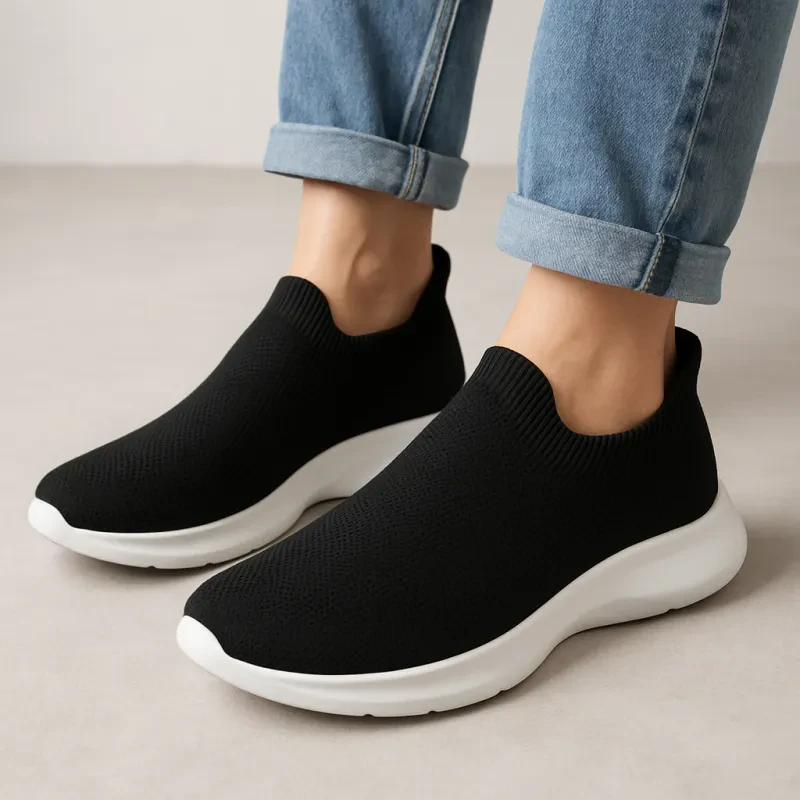Sneakers are a key part of many people's wardrobes, but choosing between high-tops and low-tops can be tricky.
High-tops offer more ankle support and a bold look, while low-tops provide freedom of movement and a classic style.
Understanding the differences can help a person make the best choice for their lifestyle and preferences.

High-tops can be great for sports or outdoor activities, offering extra stability and protection.
In contrast, low-tops fit well into everyday casual wear and can be more comfortable for long periods.
Each style has its own set of advantages depending on what someone needs from their footwear.
Key Takeaways
- High-tops provide better ankle support for activities.
- Low-tops offer a classic look and all-day comfort.
- Choosing the right style depends on personal needs and preferences.
The Evolution of High-Tops and Low-Tops

High-tops and low-tops have unique histories that reflect changes in sports, fashion, and culture. Their design and use have evolved significantly, appealing to various audiences over the years.
Historical Background
High-top sneakers trace their origins back to the late 19th century. They were primarily designed for basketball, providing more ankle support to prevent injuries. The first significant model was the Converse All-Star, introduced in 1917.
Low-tops emerged later, becoming popular with casual wear and other sports. Their lightweight design allowed for greater mobility, making them ideal for activities like running and skateboarding. Brands like Adidas and Puma contributed to the low-top boom in the 1970s, targeting a younger audience.
Design and Cultural Impact
The design of high-tops focuses on providing stability with a higher cut that wraps around the ankle. This feature was praised by athletes, especially basketball players.
High-tops often feature bold colors and unique patterns, making them a fashion statement.
Low-tops, on the other hand, emphasize comfort and versatility. They are easier to slip on and offer a more relaxed look.
Brands began collaborating with artists and celebrities to create limited editions, boosting their cultural relevance.
Today, both styles appeal to various groups, from athletes to sneaker enthusiasts, showing the broad impact of sneaker culture.
Analyzing the Anatomies

Understanding the anatomy of high-tops and low-tops helps in choosing the right fit for comfort and style. Each type has unique features that affect performance and support.
High-Tops Anatomy
High-top sneakers are designed with a taller shaft that extends above the ankle. This design offers more support and stability, making them great for activities that require quick movements or lateral support.
Key Features:
- Ankle Support: The height helps protect the ankle from injuries.
- Padding: Often includes extra padding around the collar for comfort.
- Material: Commonly made from leather or canvas, providing durability.
The extra height can also give an added sense of style. Many users appreciate this feature, especially when paired with casual outfits.
Low-Tops Anatomy
Low-top sneakers have a lower profile, stopping just above the foot. They are known for their lightweight feel and flexibility. This makes them suitable for running or casual wear.
Key Features:
- Breathability: Often made from mesh or lighter materials for ventilation.
- Style Variety: Available in many colors and designs, appealing to a broader audience.
- Mobility: Their lower cut allows for more ankle movement, which can be beneficial for quick steps.
These attributes make low-tops a favorite for those who value agility over support. Casual users often prefer them for everyday activities.
Functionality and Performance

When choosing between high-tops and low-tops, it is important to consider how each style affects activity performance, support, and movement. The decision can impact comfort, protection, and style.
Advantages of High-Tops
High-top sneakers provide extra support around the ankle. This feature helps reduce the risk of sprains, especially during lateral movements in sports like basketball or soccer.
They often use thicker materials, which can offer better protection from impacts.
High-tops also tend to have a snug fit, which some wearers prefer. This fit can enhance stability, making these sneakers a solid choice for more physical activities.
Advantages of Low-Tops
Low-tops are lightweight and allow for more freedom of movement. The lower cut enables easier ankle mobility, which is ideal for running or cycling.
They are typically more breathable due to less material covering the foot. This aspect can be a significant advantage in warmer weather or during intense workouts.
Low-tops are also easier to wear with various outfits. Their versatility makes them a popular choice for casual wear and everyday activities.
Comparative Analysis
Support: High-tops offer more ankle support, while low-tops provide greater flexibility.
Weight: Low-tops are usually lighter, making them easier to wear for extended periods.
Breathability: Low-tops have better airflow, enhancing comfort during hot conditions.
Stability: High-tops can improve stability during sports, which is crucial for performance.
Style and Personal Expression
Footwear is a significant part of personal style. High-tops and low-tops each offer unique ways to express individuality and fashion sense. The choice between the two often reflects a person’s lifestyle, preferences, and the image they want to project.
High-Tops in Fashion
High-top sneakers have made a strong mark in urban style and streetwear. They are often associated with sports and youth culture.
Many people choose high-tops for their bold look and ankle support.
They come in various colors, designs, and materials, allowing for creative outfits. Popular brands like Nike and Converse offer iconic options. High-tops can be paired with jeans, shorts, or even skirts, making them versatile.
Celebrities often sport high-tops, which can elevate their style. This type of sneaker sends a message of confidence and trendiness. Their unique style can make a statement in any outfit.
Low-Tops in Daily Wear
Low-top sneakers are known for their comfort and easy fit. They are a great choice for casual days and everyday wear.
Many people prefer them for their lightweight feel and simpler look.
Low-tops pair well with various clothing, including joggers, dresses, and shorts. They come in many styles, which makes it easy to find matches for specific outfits.
These sneakers are often seen as more practical for everyday activities. They allow for easier movement and are often more breathable. Their understated design makes them a good choice for both low-key and stylish events.
Maintenance and Durability
High-top and low-top sneakers require different care to ensure they last long. Each type has its own unique features that can affect how they hold up over time. Knowing how to maintain each style is key for lasting wear.
Care for High-Tops
High-top sneakers typically provide more ankle support and protect the foot better. To maintain them, it’s important to clean them regularly.
- Cleaning: Use a soft brush or cloth to remove dirt. For tough stains, a mix of mild soap and water works well.
- Drying: Never expose them to direct heat. Let them air dry at room temperature to prevent material damage.
- Storage: Keep high-tops in a cool, dry place. Use shoe trees to help maintain their shape.
Proper care can extend the lifespan of high-tops significantly.
Care for Low-Tops
Low-top sneakers are lighter and easier to wear but can also be prone to wear and tear. Regular cleaning keeps them looking new.
- Cleaning: Similar to high-tops, a soft brush or damp cloth is effective. For fabric options, machine washing on a gentle cycle can be used.
- Drying: Air drying is essential. Placing them in sunlight can fade colors, so it's best to avoid this.
- Sole Care: Inspect the soles regularly. If they show signs of wear, consider using a sole protector for extra durability.
By following these simple care tips, low-tops can remain stylish and functional for longer.
Conclusion
Choosing between high-tops and low-tops depends on personal style and needs.
High-tops offer more ankle support, making them a good choice for sports or activities where stability is important. They are also trendy and can add flair to various outfits.
Low-tops are generally lighter and more flexible. They are perfect for casual wear and can be easier to pair with different looks.
Here’s a quick comparison:
| Feature | High-Tops | Low-Tops |
|---|---|---|
| Ankle Support | High | Low |
| Weight | Heavier | Lighter |
| Style | Sporty/Trendy | Casual/Versatile |
Think about where and how one intends to wear the shoes.
Those who prioritize comfort and ease might lean toward low-tops. Meanwhile, individuals who require support or want to make a fashion statement might prefer high-tops.
Frequently Asked Questions
There are many points to consider when choosing between high-top and low-top sneakers. This section answers common questions people have about the differences, support, fit, and style of these two types of shoes.
What are the main differences between high-top and low-top sneakers?
High-top sneakers cover the ankle, offering extra support and stability. Meanwhile, low-tops sit below the ankle and are generally lighter and more flexible. The design affects style, comfort, and intended use.
Can high-tops or low-tops affect your athletic performance?
The type of sneaker can influence performance in sports. For example, high-tops may help with ankle support in activities like basketball. On the other hand, low-tops often allow for greater movement in sports like skateboarding and running.
Which is better for ankle support: high-tops or low-tops?
High-tops provide more ankle support due to their extended coverage. This feature can reduce the risk of ankle injuries during high-impact activities. Low-tops, while more flexible, do not offer the same level of support.
What factors should you consider when choosing between high-top and low-top sneakers?
When choosing sneakers, consider the intended activity, personal style, and comfort. Foot shape and how often the shoes will be worn should also influence the decision. Each person's needs may guide them toward one type over the other.
How do high-tops and low-tops fit into different styles and outfits?
High-tops can add a sporty or retro touch to outfits and often pair well with casual wear. Meanwhile, low-tops fit easily into various styles, from athletic to chic. Choosing the right type can enhance the overall look of an outfit.
Are there specific activities or sports for which one type is recommended over the other?
Certain sports may favor one type of sneaker. For example, high-tops are popular in basketball for ankle support. Low-tops are often preferred in running or casual sports for agility and ease of movement.
